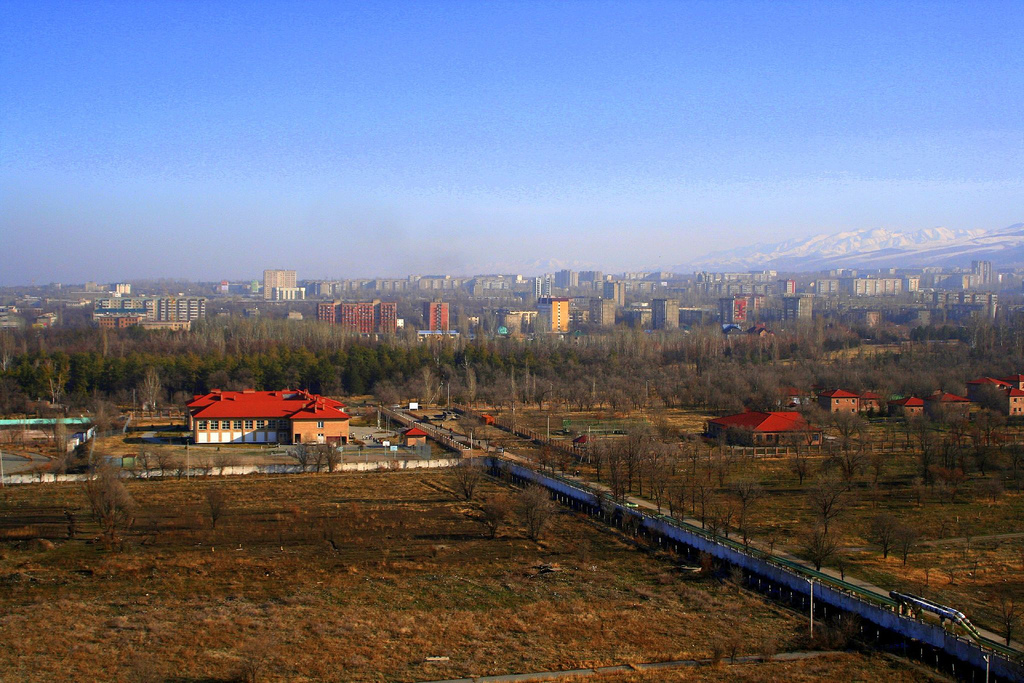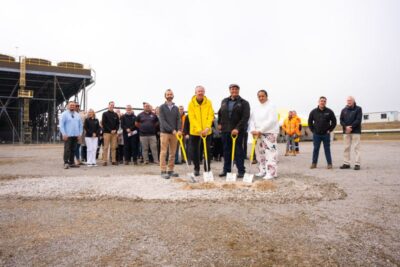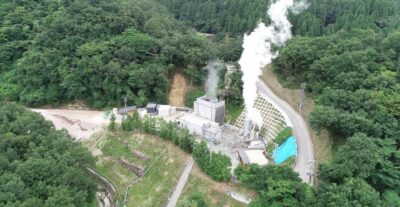Panax Geothermal and Kyrgyzstan project
Panax Geothermal's project in Kyrgyzstan on hold, waiting for World Bank financing with the current political unrest also adding uncertainty.
The current political unrest in Kyrgyzstan’s capital Bishket, there are some implications to many projects in the mining sector, but also affecting a geothermal project by Australian Panax Geothermal.
According to news on Australian companies in the country it is said that “Panax Geothermal has effectively wound back work in the country while it awaits news on its application for World Bank financing.”
According to EBRD, “Geothermal resources of Kyrgyz Republic include many thermal springs and high heat producing granites. It is believed that the low to medium heat geothermal resources could be used for district heating.
The widespread occurrence of granites enriched in radioactive elements (U, Th, K) could make Kyrgyzstan a good candidate for hot fractured rock geothermal resource. The Kyrgyz Republic also has low ambient temperatures and large amounts of waters available for cooling purposes – two conditions that could further Kyrgyz Republic’s potential for geothermal power generation.
Currently, the application of thermal water consists mainly of therapeutic baths in the Djalal-Abad Region and Fergana Basin. Plans exist to use the thermal water in the area of city Bishkek and in the valley of lake, Issyk-Kul.
Despite the ambient air reaching temperatures of – 40 °C, lake Issyk-Kul never freezes; this is likely an indicator of high heat flows in that region. Also, recently in the Inylchek area, rock temperatures of 75 °C were reported, which indicate a geothermal gradient greater than 100 °C/km (Panax Geothermal, 2008).
Geothermal resources are concentrated in the reservoirs formed in sediments of depressions and in the convective fissured hydrothermal systems of foothills. The evaluation of resources for two hot water fields was carried out.”
Source: The Australian, EBRD


















